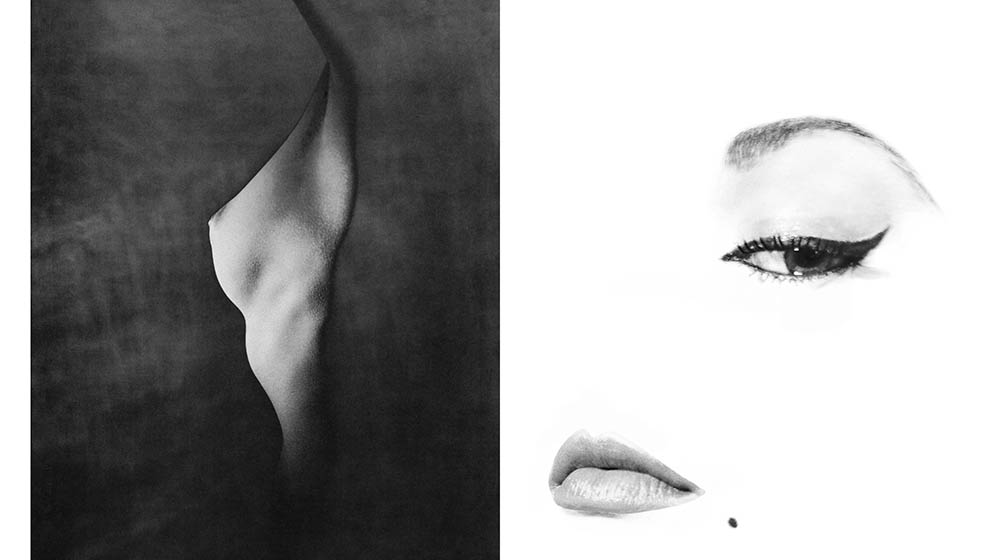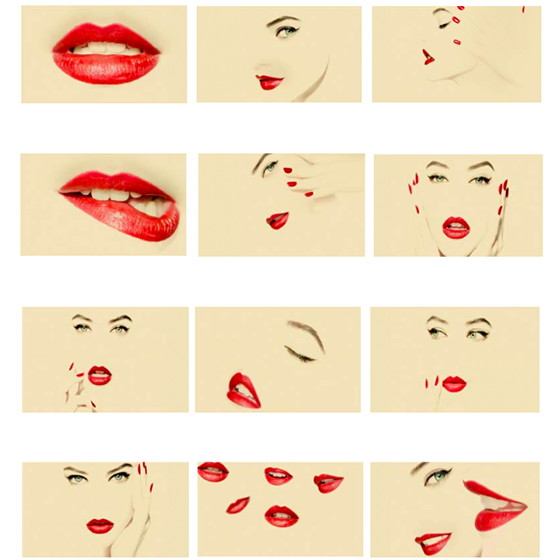Blog
The most iconic cover ever: the Doe eye
Erwin Blumenfeld’s photograph The Doe Eye is certainly one of the most iconic fashion images of the 20th century. He himself considers it one of [his] “100 Best Photos”, as he says in his eponymous book (Benteli Verlag, 1979).
Made famous in its colorized version by Vogue magazine, which used it for its New Year’s issue on January 1,1950, this photograph was originally in black and white. Capturing the face in ¾ of one of the most prominent American models of the time, the elegant Jean Patchett (1926-2002), this first image is almost a straight portrait. By skillful masking of the initial shot, Blumenfeld delivers a second, far more imaginative and suggestive version. Arched eyebrow, eyes highlighted with black liner, delicate lips, Jean Patchett’s trademark mole: the harmony of the whole is a refined synthesis of femininity.
In turn, Vogue New York colorized the image: the eyelid was adorned with blue, as was the iris, while the lips were painted red. Reworked in this way, this art photograph seems to take on a more advertising dimension, celebrating the beauty of women’s make-up.






Blumenfeld acknowledged the input of the magazine’s technical department, as he told Vogue’s art director, Alexander Liberman (1912-1999), the following year in The Art and Technique of Color Photography (Ed. Simon & Schuster, 1951), into making his image one of its iconic covers.
Building on this success, The Doe Eye became an important source of inspiration for subsequent generations of designers. For example, photographer Sølve Sundsbø collaborated with Chanel in 2012 to promote its Rouge Allure lipstick, paying tribute to Erwin Blumenfeld by transposing his creation to contemporary times.
And just recently, Vogue’s 1950 cover featuring the unforgettable Doe Eye was honored by The New York Times, which selected it as one of the 25 most iconic magazine covers of all time. This timeless image continues to captivate audiences decades later, celebrated for its elegance, artistry, and cultural impact. You can read the full article and explore the complete list right over here!

